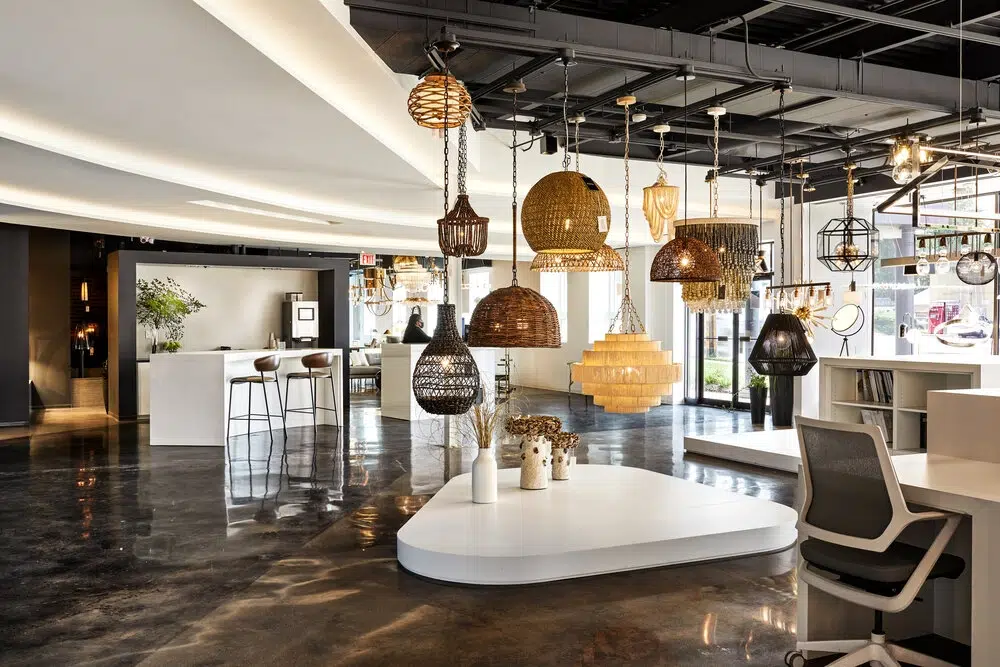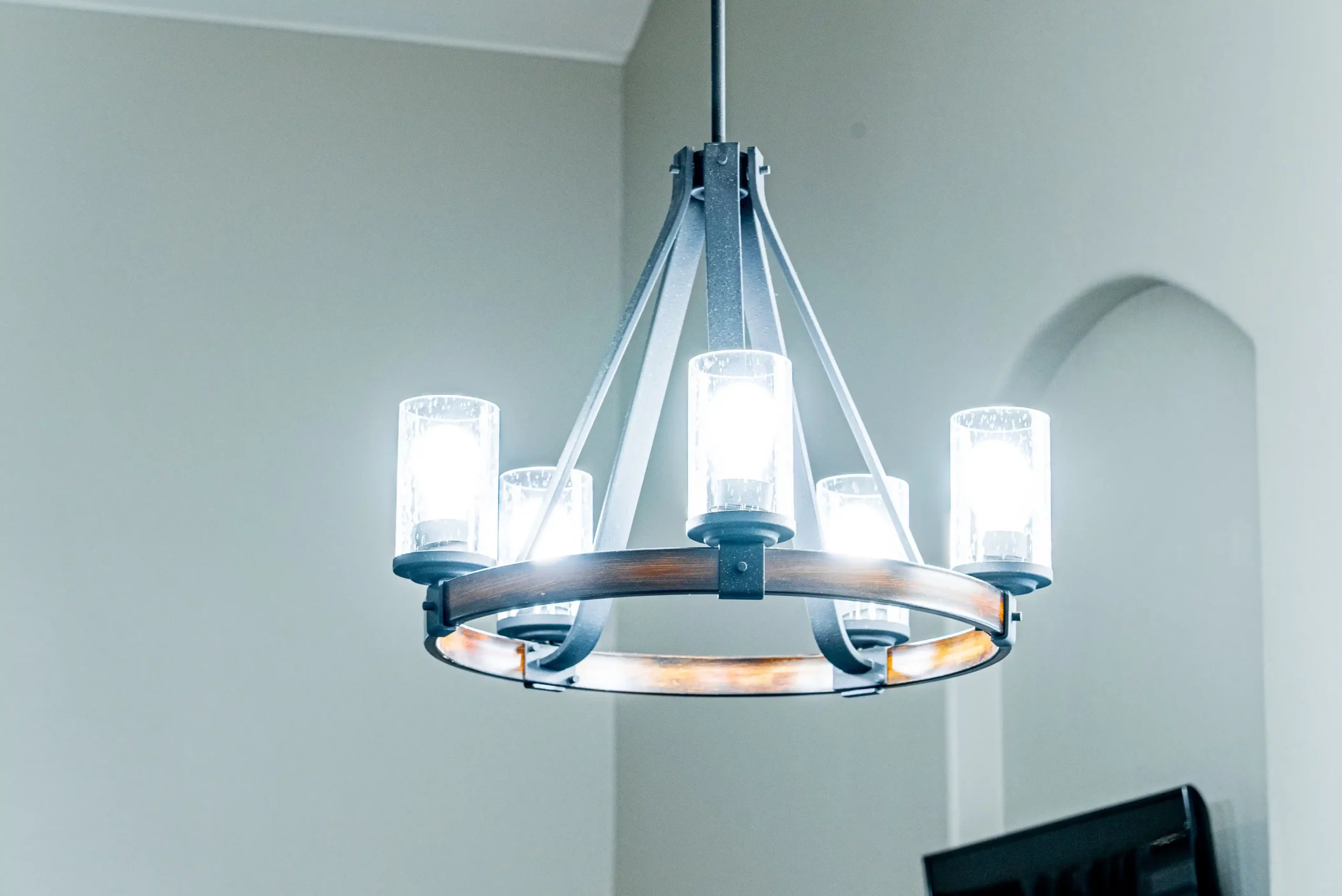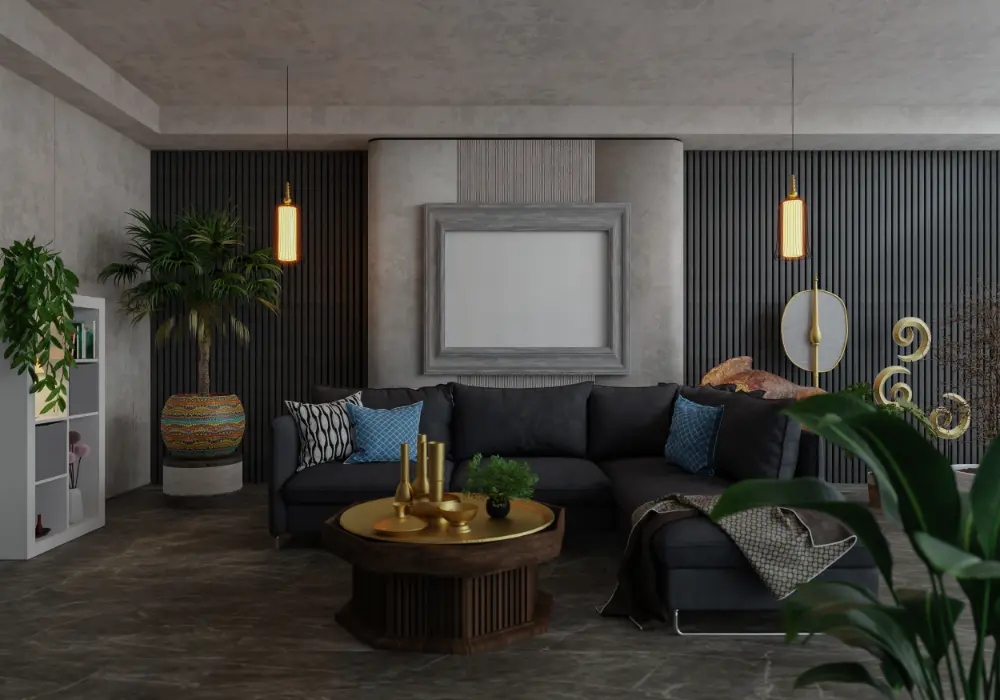Professional lighting design services save developers thousands of dollars, yet architects rarely showcase these benefits. The national average cost to hire a lighting designer ranges between $5,050 and $6,120, and these professionals deliver value way beyond the reach and influence of their fees.
Lighting designers charge $125–$250 per hour, but their expertise combines both technical and artistic elements that make your space stunning and functional. They prevent costly mistakes like wrong fixture placement and poor lighting levels that often require expensive fixes later. Construction-phase lighting changes can get pricey quickly. A detailed lighting design plan costs between $2,000 and $10,000 at a flat rate and provides clarity from day one.
Professional lighting design benefits include substantial long-term savings. LED fixtures and smart lighting systems reduce ongoing energy consumption and maintenance costs. Strategic natural light integration minimizes artificial lighting needs, which creates esthetic and economic advantages that last for years.
What Does a Lighting Designer Do That Architects Don’t?
Lighting designers possess specialized expertise that most architects don’t have. Architects may know about many disciplines, but lighting professionals focus their entire careers on understanding how light works with space, materials, and human perception.
Why Work With a Dedicated Lighting Design Firm Like Dominion Lighting?
At Dominion Lighting, lighting design isn’t an afterthought—it’s the foundation. While architects juggle multiple disciplines, our sole focus is on crafting lighting environments that elevate every space. We understand how light interacts with materials, architecture, and emotion. Whether you’re designing a high-end residence or a commercial hub, our design team collaborates with your architects and interior designers to ensure your project shines—both visually and functionally.
Balancing Esthetics With Technical Lighting Needs
Architects tend to focus on structural elements and overall spatial flow as they design spaces. Professional lighting designers take a different approach. They look at spaces through both artistic and scientific lenses. Their calculations cover illuminance levels, contrast ratios, and color rendering properties while they think about how lighting choices affect emotions. This combined approach will give your space the right balance of technical requirements and esthetic goals.
Lighting designers know exactly how natural and artificial light sources work together. They can pick the right lighting types for each space—task lighting for functional areas, accent lighting for architectural features, or ambient lighting to set the mood. They look at lighting from every angle, including how easy it will be to maintain and what it will cost to run long-term.
Collaborating With Interior Designers And Engineers
Professional lighting consultants connect creative vision with technical implementation. They turn design concepts into detailed specifications that electrical engineers need to do their work. They also team up with interior designers to blend lighting elements with material choices, color schemes, and furniture layouts.
These collaborative efforts prevent communication issues that often get pricey. The lighting control systems work properly with other building systems, and detailed documentation helps avoid implementation errors.
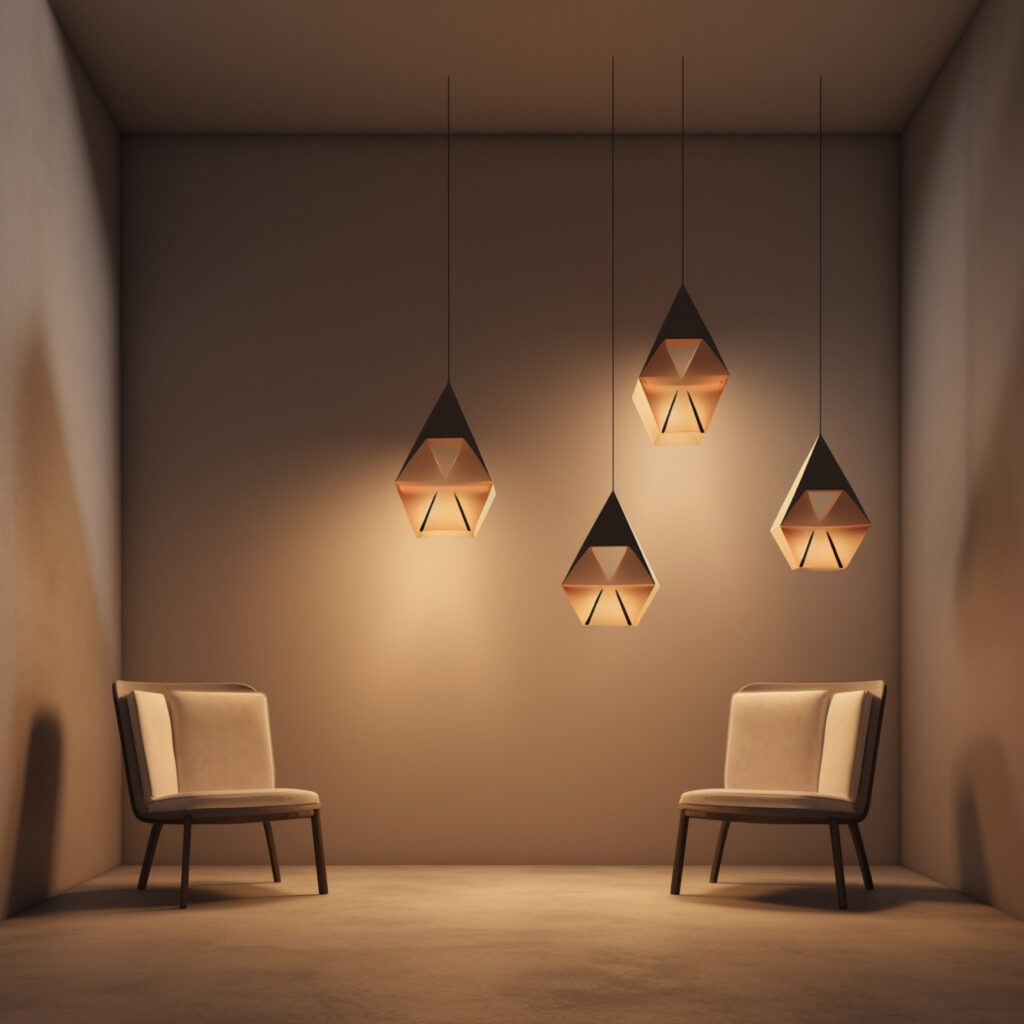
Avoiding Over-Lighting And Glare Through Expert Planning
The biggest value lighting designers bring is helping you avoid common but expensive lighting mistakes. They stop over-lighting—a frequent issue that wastes energy and makes spaces uncomfortable. Their careful analysis determines the best light levels for each space based on how it’s used and when people are there.
Professional lighting design tackles glare problems before installation instead of after. Designers use advanced modeling to spot and eliminate potential glare that could cause discomfort and lower productivity. They look at reflection patterns, surface materials, and viewing angles to create spaces that stay comfortable as daylight changes.
Architects need to split their focus across many design elements. Lighting designers, on the other hand, bring focused expertise that creates more effective, efficient, and enjoyable lit environments.
Dominion Lighting Helps You Avoid Expensive Lighting Errors
Too much lighting, too little lighting, or the wrong kind altogether—these mistakes can tank a project’s success. That’s where Dominion Lighting steps in. We apply advanced planning, simulation tools, and decades of experience to strike the perfect lighting balance. Our team prevents common pitfalls like glare and over-illumination before they impact your timeline or your budget. Let us help you get it right the first time.
Understanding the Hidden Costs of Poor Lighting Decisions
Poor lighting decisions can get pricey and affect your project way beyond the original installation costs. Simple choices about lighting might start a chain reaction of expenses throughout your project’s life.
Rework and Delays from Incorrect Fixture Placement
Wrong fixture placement often leads to expensive fixes. Electricians must remove and reinstall fixtures that aren’t positioned correctly. This work costs between $65 and $400 per fixture. The job gets tougher in older homes where weak walls and old wiring need extra work.
Bad lighting placement creates these problems:
- Task lighting that’s too weak and needs extra fixtures
- Glare that hurts your eyes
- Uneven lighting that needs complete reworking
These problems often delay projects as contractors tackle unexpected issues. Your project timeline might stretch several more weeks if the lighting plan needs major changes.
Cost Of Lighting Changes During Construction
Changes during construction can break the bank. New wiring makes costs shoot up quickly. Installing recessed lighting in existing ceilings costs $200 to $300 per fixture, but prices jump to $500 per fixture for complex jobs.
New circuit permits add $50 to $500 to your budget. Late-stage cost-cutting often means swapping quality fixtures for cheaper ones that don’t work as well. Electrical contractors charge $85 to $105 per hour, which makes last-minute changes hurt your wallet.
Dominion Lighting Designs with Your Budget in Mind
Changes during construction are not just stressful—they’re expensive. Dominion Lighting minimizes last-minute surprises through early, detailed lighting plans that align with your construction timeline and budget. We anticipate challenges, account for wiring logistics, and choose fixtures that won’t need costly replacements. Our proactive approach means fewer delays and a smoother handoff to your contractor or electrician.
Impact of Lighting on Space Usability and Resale Value
Good lighting makes spaces work better and sell faster. Spaces with proper lighting look bigger, cleaner, and more welcoming to buyers. Bad lighting does the opposite—old fixtures make people think the whole property lacks maintenance.
Good lighting plans need three key parts: ambient lighting for overall brightness, task lighting for specific activities, and accent lighting to show off architectural features. This layered approach helps spaces work better and creates depth.
Skipping professional lighting design hurts long-term value. Bad workplace lighting causes eye strain, headaches, and tiredness that cut into productivity. Retail spaces with poor lighting feel unwelcoming and lose customers and sales.
Professional lighting design helps you avoid these hidden costs through smart planning and expertise.
How to Budget for Professional Lighting Design Services
Professional lighting design services come with different fee structures and service types. Your project needs will determine the best match. Early cost planning helps avoid surprise expenses down the road.
Lighting Design Plan vs Electrician Layout
A complete lighting design plan differs from a standard electrician layout in scope and expertise. Electricians focus on code compliance and simple functionality. Professional lighting designers create detailed plans that address esthetics, efficiency, and technical needs. The lighting design plan has fixture specifications, technical drawings, and implementation guidelines to prevent mistakes that can get pricey.
Lighting consultants develop documentation for electricians to follow. Their roadmap accounts for circuitry considerations and technical specifications. This detailed approach helps you avoid the rework expenses discussed earlier.
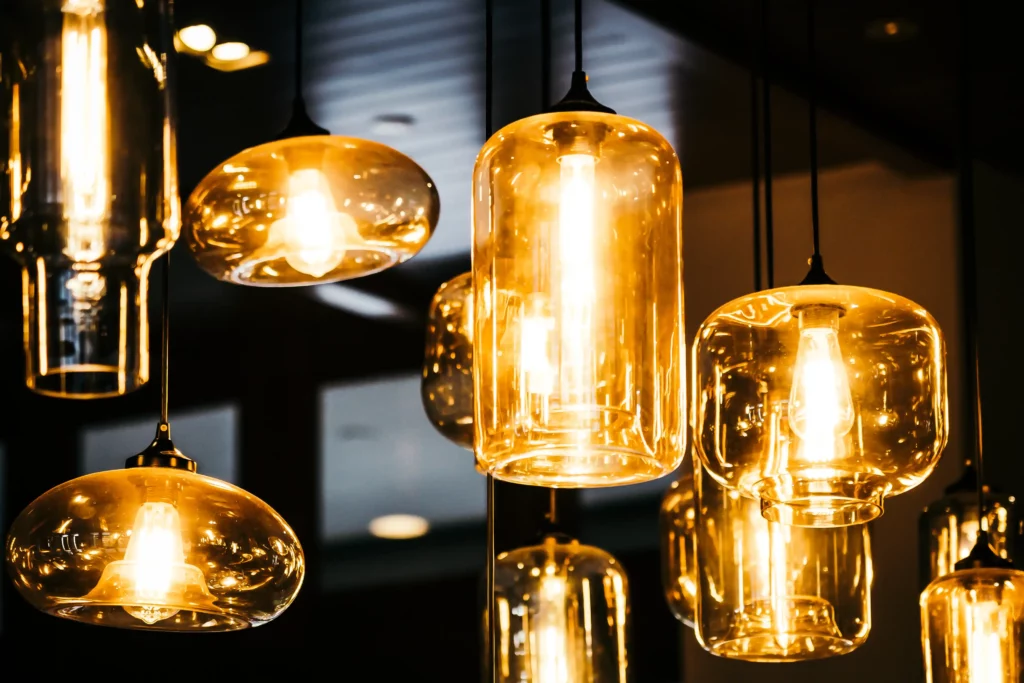
Flat Rate vs Hourly Rate: What’s More Cost-Effective?
Professional lighting designers offer two main payment structures:
Standard consultations cost $50 to $85 per hour. Experienced designers charge between $125 and $250 per hour. This structure works best for projects with undefined scopes that need ongoing adjustments.
Flat rates give predictable costs between $2,000 and $10,000 for standard projects. This approach ensures budget certainty and usually comes with set consultation hours, design work, and technical plans.
Residential projects benefit more from flat rates since designers factor all project variables upfront. Notwithstanding that, hourly rates give flexibility when project scope might change.
How Much Does Lighting Cost For Residential Projects?
Lighting design services costs vary based on project complexity:
- Simple lighting design plans: $1,780 to $2,158 per project
- Average lighting design for three-bedroom houses: $400 to $5,000
- Complete lighting plans for four-bedroom homes: $5,000 to $9,000
Experts suggest setting aside 10–15% of your renovation budget for lighting—more if you want luxury designs. This investment pays off through avoided mistakes and energy savings over time.
Therefore, designers often mix fee structures by charging a consultation fee plus reduced hourly rates to oversee implementation. This combined approach delivers value while keeping costs in check.
Energy Efficiency as a Long-Term Cost Saving Strategy
Smart lighting choices can save operational costs for decades. Professional lighting designers create affordable solutions that lead to substantial savings throughout a building’s lifecycle.
LED vs Traditional Lighting: Cost Comparison
LED technology offers remarkable financial benefits. LED lighting uses 75–90% less energy than incandescent options, which immediately improves your operational budget. Here’s a clear comparison of the costs:
- A 60W incandescent bulb costs about $6.60 per 1,000 hours to run
- An equivalent 12W LED bulb needs just $1.32 for the same duration
LED bulbs need a higher original investment—about $5–7 per bulb compared to $2–3 for incandescent ones. However, LEDs last 25,000 hours while traditional bulbs work for only 1,000 hours. The numbers tell a compelling story: a 10-year comparison shows incandescent lighting costs $93 while LED lighting costs only $19.45.
Integrating Daylight To Reduce Artificial Lighting Needs
Natural light serves as the life-blood of affordable lighting design. Well-planned daylighting strategies reduce total building energy costs by up to one-third. This method combines architectural elements with responsive controls that maximize natural light.
Money savings go beyond reduced lighting costs. Daylighting cuts cooling needs by an extra 10–20% because artificial fixtures produce less heat. Proper implementation of these combined savings ranges from $0.05 to $0.20 per square foot annually.
Smart Dimming And Automation For Energy Control
Automation technologies complete the energy efficiency picture. Lighting experts set up advanced control systems that adjust brightness based on occupancy and available daylight. The system uses three main control types:
- Switching controls shut off lights when natural light suffices.
- Stepped controls adjust individual lamps within fixtures for medium light levels.
- Dimming controls smoothly adjust power input for perfect transitions.
These automated systems cut lighting energy use by an additional 35%. Setting up these technologies requires careful planning. Lighting designers ensure smooth integration with other building systems to maximize comfort and efficiency.
Upgrade to Smart Lighting with Dominion Lighting’s Design Expertise
Smart dimming systems, occupancy sensors, daylight integration—these aren’t just add-ons; they’re game changers for energy savings. At Dominion Lighting, we don’t just recommend the latest tech—we plan for seamless integration. From selecting compatible fixtures to coordinating with your building systems, our team ensures your lighting operates at peak performance with minimal effort. Ready for a smarter, greener future? Let’s build it together.
The Bottom Line: Investing in Professional Lighting Design Pays Dividends
Professional lighting design ends up delivering value way beyond the reach and influence of its original cost. This piece shows how specialized lighting expertise prevents projects from getting pricey while creating spaces that function beautifully for years.
The financial case makes perfect sense. A professional lighting designer’s fee—whether flat-rate or hourly—is nowhere near a match for the potential $65–$400 per fixture rework costs without proper planning. On top of that, it helps you avoid $500-per-fixture modifications that pop up during construction when lighting plans don’t measure up.
If you’re ready to transform your space and avoid the hidden costs of poor lighting decisions, Dominion Lighting is your trusted partner. Specializing in both residential and commercial lighting design, we combine artistic vision with technical precision to create lighting plans that enhance beauty, boost efficiency, and add long-term value.
From custom residential interiors to large-scale commercial projects, our team provides personalized lighting solutions that work seamlessly with your architecture, décor, and budget. Don’t wait until the construction phase to rethink your lighting—contact Dominion Lighting today and illuminate your next project with clarity, confidence, and expert care.
FAQs
Q1. How much does professional lighting design typically cost?
The cost of professional lighting design services varies, but generally ranges from $2,000 to $10,000 for standard projects. For residential projects, basic lighting design plans may cost between $1,780 to $2,158, while comprehensive plans for larger homes can range from $5,000 to $9,000.
Q2. What are the long-term benefits of investing in professional lighting design?
Professional lighting design offers significant long-term benefits, including reduced energy consumption, lower maintenance costs, and improved space functionality. LED lighting can use up to 75–90% less energy than traditional options, and proper daylight integration can decrease total building energy costs by up to one-third.
Q3. How does professional lighting design differ from an electrician’s layout?
While electricians focus primarily on code compliance and basic functionality, professional lighting designers create comprehensive plans that consider esthetics, efficiency, and technical needs. They provide detailed fixture specifications, technical drawings, and implementation guidelines that help prevent costly errors and rework.
Q4. Can professional lighting design help avoid costly mistakes during construction?
Yes, professional lighting design can help avoid expensive mistakes. Improper fixture placement can cost between $65 and $400 per fixture to correct, and changes during construction can escalate to $500 per fixture. A well-planned lighting design prevents these issues and potential project delays.
Q5. How does lighting impact a property’s value and usability?
Quality lighting significantly influences both the functionality and market appeal of a property. Well-illuminated spaces appear larger, cleaner, and more inviting to potential buyers. Proper lighting also enhances workspace productivity and can directly impact customer retention and sales in retail environments.

